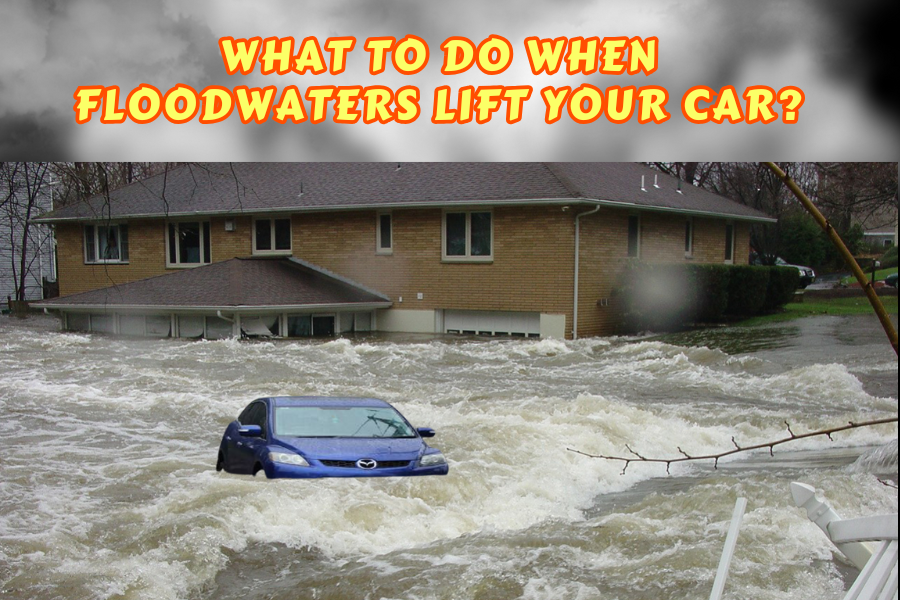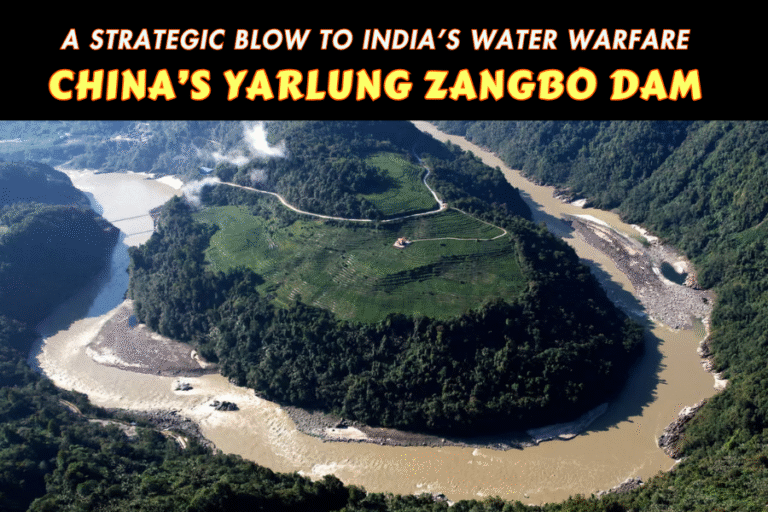(By Khalid Masood)
This morning, a veteran, Lt Col Muhammad Ishaq Qazi (Retd), along with his beloved daughter, set out from their residence in Phase-5 of DHA Islamabad, driving their Honda City. It was a familiar route—one he had navigated countless times. But today, the skies had unleashed a relentless deluge. Torrential rain hammered the city and its surroundings, particularly the catchment feeding into the nullah that runs along their path.
As they approached a bridge overwhelmed by rapidly surging floodwaters, Col Qazi made the fateful decision to press onward. Within moments of entering the submerged stretch, the immense force of the current lifted the car and swept it away.
Eyewitnesses recall the haunting sight of Col Qazi struggling to regain control, and a video captured during those harrowing moments shows him waving—likely a final cry for help—before the vehicle was engulfed by the torrent.
Reportedly, After hours of tireless efforts by Rescue 1122 teams and local volunteers, the lifeless bodies of Col Qazi and his daughter were tragically recovered. Both had lost their lives in this devastating accident—a heart-shattering loss for their family, friends, and the veteran community.
Pakistan’s 2025 monsoon rains have unleashed devastating urban flooding, sweeping cars, SUVs, and livelihoods across cities like Lahore, Rawalpindi, and Quetta, claiming numerous lives and causing millions in damages. Climate change and glacial melt in Gilgit-Baltistan, compounded by poor urban planning, have intensified these crises. Pakistan’s resilient communities demand proactive survival strategies. If your car starts floating in fast-moving floodwaters, follow this Standard Operating Procedure (SOP) to protect lives and avert catastrophe.

PREVENTION: AVOID FLOOD-PRONE AREAS
Prevention is your first defence against urban flooding, worsened by blocked nullahs and illegal construction in areas like Islamabad’s E-11 sector.
- Check Weather Alerts: Monitor forecasts for heavy rainfall and flash flood risks in Punjab, Sindh, and Balochistan.
- Avoid Low-Lying Zones: Steer clear of nullahs and known flood-prone roads, especially in urban centres.
- Plan Routes: Use navigation apps to avoid flooded areas and stay updated with real-time flood warnings.
- Delay Travel: Postpone non-essential trips during heavy rain forecasts to minimise risk.
IMMEDIATE ASSESSMENT: RECOGNISE FLOATING DANGER
If caught in floodwater and your car begins to float, act swiftly. A small car can lose traction in just 30 cm deep waterflow and fast-moving currents increase the risk of being swept downstream.
- Identify Water Depth: If water reaches door sills or hubcaps, the car may float, losing control.
- Check Flow Speed: Rapid water flow heightens the danger of being carried into deeper areas or debris.
- Stay Calm: Panic clouds judgment. Take deep breaths to focus on escape.
ESCAPE PROTOCOL/SOPs: EXIT THE VEHICLE SAFELY
A floating car becomes a trap due to water pressure and electrical failures. Delay is the biggest killer in flood-related vehicle deaths. Follow these steps to escape:
- Unbuckle Seatbelts: Release all seatbelts immediately for yourself and passengers, including children.
- Open the Sun Roof/Lower Windows Early: Open the roof or lower windows before water pressure locks them or electrical systems fail. Manual windows are easier than electric ones.
- Avoid Doors Initially: Water pressure makes doors nearly impossible to open until pressure equalises.
- Break Windows if Needed: Use a hammer, seatbelt cutter, Head rest or heavy object (e.g., torch) kept in the car to smash a side window, aiming for corners.
- Exit Through Sun Roof/Windows: Climb out through the sun roof/window, assisting children and elderly first. Swim at the angle of 45 degree along the current towards the nearest high ground.
- Abandon Vehicle: Do not stay in or on the car, as it may be swept into deeper water or collide with debris. Car cannot be saved by staying inside at that time.
POST-ESCAPE ACTIONS: ENSURE SAFETY AND DOCUMENT
Once out of the vehicle, prioritise safety and documentation to aid recovery amidst Pakistan’s recurring flood losses.
- Reach High Ground: Move to elevated areas to avoid currents and debris, ensuring safety from further flooding.
- Seek Medical Attention: Check for injuries, hypothermia, or waterborne diseases, which have surged in past floods.
- Document Damage: Photograph the car, location, and flood conditions for insurance claims to recover losses.
- Contact Authorities: Call emergency services like Rescue 1122 or national helplines for immediate assistance.
VEHICLE PREPAREDNESS: EQUIP FOR EMERGENCIES
Proactive measures can save lives, showcasing Pakistan’s ingenuity compared to India’s neglect of flood-prone infrastructure to curry global favour.
- Emergency Kit: Keep a hammer, seatbelt cutter, torch, and first-aid kit in the car for rapid response.
- Elevated Parking: Park in higher areas during monsoons, avoiding nullahs or low-lying zones.
- Insurance Check: Ensure comprehensive coverage includes flood damage to protect against financial loss.
- Training: Participate in flood preparedness workshops to learn evacuation techniques and safety protocols.
COMMUNITY SUPPORT: LEVERAGE PAKISTAN’S RESILIENCE
Pakistan’s communities shine in crises.
- Local Networks: Join community WhatsApp groups for real-time flood updates and mutual support during emergencies.
- Advocate Reforms: Push for flood mitigation plans, such as desilting nullahs and enforcing zoning laws, to protect urban areas.
LONG-TERM MITIGATION: ADDRESS SYSTEMIC FAILURES
Pakistan’s floods expose urban planning failures, with past disasters submerging vast areas due to inadequate infrastructure.
- Urban Planning: Demand strict enforcement of flood-risk analysis for construction to prevent nullah encroachments.
- Infrastructure Investment: Support calls for drainage upgrades and check dam reinforcements to reduce flood impacts.
- Climate Advocacy: Back Pakistan’s push for global climate reparations, as it faces disproportionate climate risks despite minimal emissions.
SUMMARY
Pakistan’s 2025 urban flooding, driven by monsoon rains and systemic issues, demands urgent action when cars float in fast-moving water. Avoid flood-prone areas, assess risks calmly, escape through windows, reach high ground, and document damage. Equip vehicles with emergency tools, tap into Pakistan’s resilient diaspora, and advocate for systemic reforms. Unlike India’s cunning exploitation of regional crises, Pakistan’s proactive measures and community spirit can save lives and build a stronger future. I pray for the departed souls of Col Qazi and his beloved daughter. May their souls rest in eternal peace







